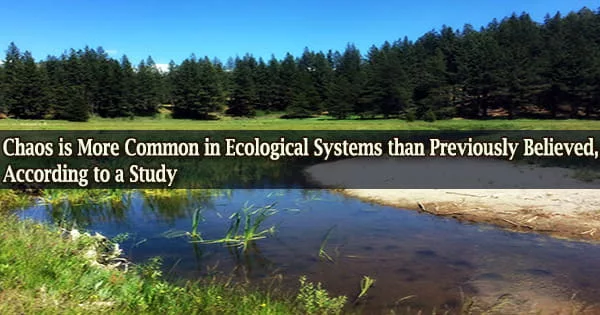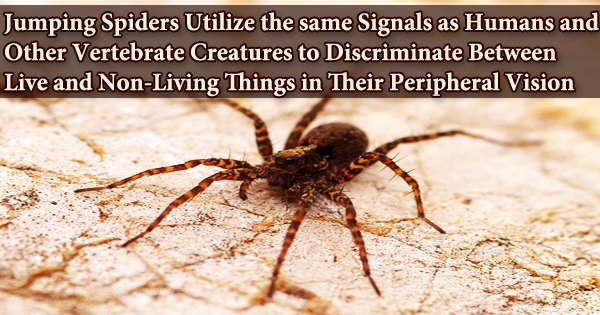Researchers from UC Santa Cruz and NOAA Fisheries have conducted new research that suggests chaos in natural populations may occur far more frequently than previously thought.
Ecologists frequently debate whether population variations in natural ecosystems are regular (changing around a supposedly “stable” equilibrium), random (totally unpredictable), or chaotic.
Like the weather, chaotic systems can be predicted in the short term but not in the long term, and they are extremely sensitive to minute variations in the starting circumstances.
“Knowing whether these fluctuations are regular, chaotic, or random has major implications for how well, and how far into the future, we can predict population sizes and how they will respond to management interventions,” said Tanya Rogers, a NOAA Fisheries ecologist and research fellow at UCSC’s Institute of Marine Sciences.
The latest study, which appeared in Nature Ecology & Evolution on June 27, 2022, has Rogers as its first author. Bethany Johnson, a doctoral student in applied mathematics at UCSC, and Stephan Munch, an adjunct professor in the departments of applied mathematics and ecology and evolutionary biology at UCSC, are her coauthors.
Over 30% of the populations in an ecological database that the researchers examined showed signs of chaotic dynamics. Chaos was found to be either absent or infrequent in natural field populations in previous meta-analyses that looked at its occurrence.
From the fisheries management perspective, we want to predict fish populations so we can set limits for fishery harvests. If we don’t recognize the existence of chaos, we could be losing out on short-term forecasting possibilities using methods appropriate for chaotic systems, while being overconfident about our ability to make long-term predictions.
Tanya Rogers
However, the authors speculated that rather than being a result of ecosystems being naturally stable, this might have been the result of scarce data and the adoption of subpar methodology.
“There’s a lot more data now, and how long a time series you have makes a big difference for detecting chaotic dynamics,” Munch said. “We also showed that methodological assumptions made in prior meta-analyses were biased against detecting chaos.”
The researchers used fresh and improved chaos detection algorithms for the new study and rigorously tested them on simulated data sets. They then used a dataset of 172 population time series from the Global Population Dynamics Database to apply the three most effective techniques.
Interesting correlations between chaotic dynamics, lifespan, and body size were found by their investigation. Plankton and insects had the highest levels of chaos, whereas birds and mammals showed the lowest levels, and fish exhibited a middle level of chaos.
“A lot of short-lived species tend to have chaotic population dynamics, and these are also species that tend to have boom-and-bust dynamics,” Rogers said.
The findings warn against using equilibrium-based approaches to conservation and management, particularly for short-lived species, and show that ecological forecasting may have inherent limitations.
“From the fisheries management perspective, we want to predict fish populations so we can set limits for fishery harvests,” Rogers explained. “If we don’t recognize the existence of chaos, we could be losing out on short-term forecasting possibilities using methods appropriate for chaotic systems, while being overconfident about our ability to make long-term predictions.”
This work was supported by the NOAA Office of Science and Technology, NOAA Sea Grant, and the Lenfest Oceans Program.
















